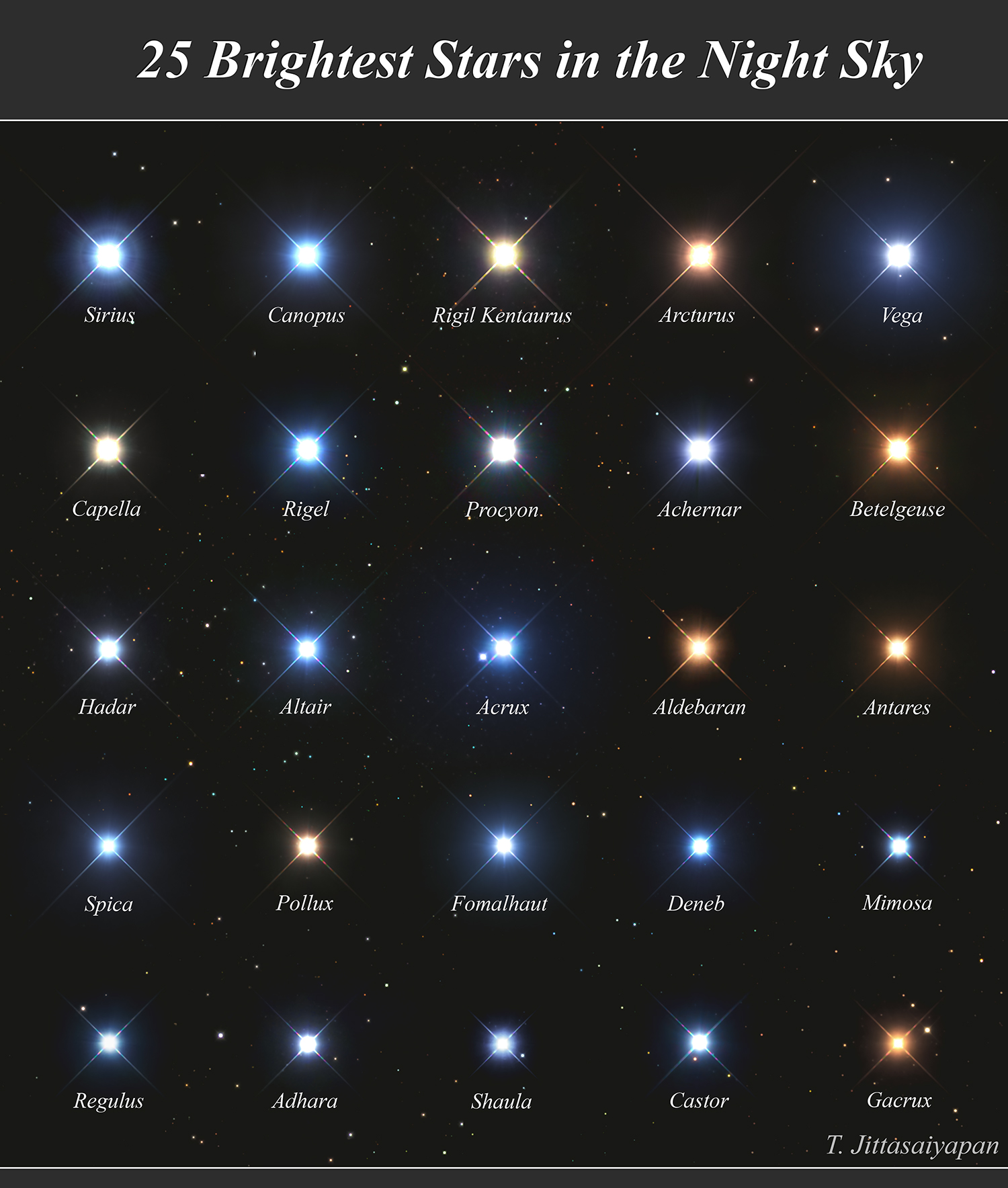Can the celestial tapestry reveal secrets hidden within the human heart? The undeniable allure of "bright stars" has captivated humanity for millennia, offering glimpses into both the vastness of the cosmos and the intricate workings of our own lives. From ancient mythologies to modern scientific inquiries, these radiant beacons have served as both navigational tools and profound sources of inspiration, prompting us to question our place in the universe and the forces that shape our destinies.
For countless generations, stargazers have gazed upward, weaving narratives around the points of light that dotted the night sky. They saw gods and goddesses, heroes and monsters, their stories etched into the constellations. These narratives, passed down through oral traditions, offered a framework for understanding the world, providing moral compasses and explanations for the natural phenomena that surrounded them. The patterns they perceivedthe predictable cycles of the sun, moon, and starslaid the groundwork for early calendars and agricultural practices, fundamentally shaping human societies.
The advent of scientific inquiry brought a shift in perspective. Astronomers began to analyze the light emanating from these "bright stars," unraveling their composition, distances, and movements. Telescopes pierced through the veil of the atmosphere, revealing the complex structures of galaxies and the breathtaking beauty of nebulae. Yet, the romance of the stars never diminished. The awe-inspiring scale of the universe, revealed by scientific observation, only amplified the sense of wonder, fueling the imagination of poets, artists, and dreamers.
Today, "bright stars" continue to hold sway over the human imagination. They are the stuff of dreams, the inspiration behind countless works of art, and the subject of cutting-edge scientific research. From the popular fascination with astrology to the tireless efforts of space agencies, the appeal of the stars is enduring, a testament to our innate curiosity and our longing to connect with something larger than ourselves. The exploration of the cosmos and the understanding of "bright stars" are not simply scientific endeavors, but vital parts of what it means to be human.
Consider the recent findings regarding Proxima Centauri b, a planet orbiting the closest star to our sun. The possibility of life on this exoplanet, though still speculative, ignites the human spirit. The search for other worlds provides a constant reminder of the boundless potential of life within the universe.
The use of advanced telescopes such as the James Webb Space Telescope has further enhanced our perception of "bright stars" revealing details about their formation, composition and surrounding planetary systems.
| Category | Details |
|---|---|
| Celestial Object Type | Stars |
| Definition | Luminous spheres of plasma held together by their own gravity. |
| Key Characteristics | Vary in size, mass, temperature, and luminosity. Generate energy through nuclear fusion. |
| Examples | The Sun, Sirius, Betelgeuse, Polaris (North Star), Vega, and many more. |
| Importance | Fundamental to understanding the universe, forming the building blocks of galaxies, and are crucial for the development of life. |
| Formation | Formed within nebulae, vast clouds of gas and dust, through gravitational collapse. |
| Evolution | Stars evolve through various stages, from protostars to main-sequence stars, and eventually becoming red giants, white dwarfs, neutron stars, or black holes. |
| Research Areas | Stellar astrophysics, astrobiology, cosmology, exoplanet research, and astronomical observation. |
| Tools of observation | Telescopes, Spectrographs, Space Telescopes such as the James Webb Space Telescope. |
| Cultural significance | Used for navigation, calendar creation, mythology, religious symbolism, inspiration for arts, and as guides for cultural understanding. |
| Challenges of Study | Vast distances, atmospheric distortion, extreme temperatures, and the need for advanced technology to observe the stars in detail. |
| Future Research | Seeking to discover more exoplanets, to understand star formation, to model stellar evolution, and to search for signs of life beyond Earth. |
The concept of "bright stars" extends beyond a mere collection of celestial bodies; it speaks to our inherent human drive to discover, to understand, and to connect. Consider the intricate dance of binary star systems, where two stars orbit each other, their gravitational pull shaping their shared destiny. These systems challenge our current understanding of stellar evolution, forcing scientists to constantly re-evaluate their models.
Think, too, of the quest for habitable planets. The search for Earth-like exoplanets within the "habitable zones" of "bright stars" is a driving force of modern astrophysics. The development of advanced telescopes and observational methods allows astronomers to peer deeper into the cosmos, searching for biosignaturesthe chemical fingerprints of lifein the atmospheres of distant worlds.
The study of the cosmos and in particular of bright stars is not without its challenges. Distance is a formidable barrier. The vast emptiness of space makes travel and communication with other planets and civilizations a complex undertaking. Additionally, the light from stars travels incredible distances, making detailed observation difficult. Astronomers use advanced telescopes, both ground-based and space-borne, to overcome these difficulties.
The cultural impact of "bright stars" has been profound throughout history. Civilizations have built their calendars and navigations based on celestial observations. Myths and legends have been crafted around the constellations, imparting a moral framework and a cultural narrative to generations. The "bright stars" have been, and continue to be, a profound source of artistic inspiration. From paintings that depict celestial scenes to musical compositions that evoke the mystery of space, "bright stars" have been an integral part of the artistic expression. They provide perspective and help us consider our place in the greater cosmos.
The study of "bright stars" is a collaborative endeavor that spans continents, disciplines, and generations. It fosters a spirit of curiosity and a passion for discovery that pushes the boundaries of human knowledge. This collaboration ensures the continuation of research and promotes sharing of data, and helps us understand the universe.
Looking to the future, the next generation of telescopes, observatories, and space-based missions promises to unveil even more profound mysteries about "bright stars" and the universe that surrounds them. The James Webb Space Telescope, with its unprecedented capabilities, will allow astronomers to peer further back in time, observing the early formation of galaxies and the birth of the first stars. It helps understand the formation of bright stars and the universe.
These innovations are not merely scientific advancements but also reflections of our innate human desire to understand the cosmos and its "bright stars". By reaching for the stars, we not only expand our knowledge of the universe but also learn more about ourselves, our origins, and our place in the grand scheme of existence.
Moreover, exploring bright stars encourages important technological advancement. From the creation of revolutionary telescopes to the development of advanced propulsion systems, the study of "bright stars" provides us with the impetus to develop and innovate. It offers a way of looking at different fields of science that can be used for everyday activities.
The allure of "bright stars" endures because it embodies the fundamental human quest for understanding. They are not just points of light in the night sky; they are the source of scientific inquiry, cultural inspiration, and a reminder of our shared destiny. From the dawn of civilization to the era of space exploration, the stars have captivated humanity and will continue to do so.
:max_bytes(150000):strip_icc()/Capella-58d150333df78c3c4fc42549.jpg)

